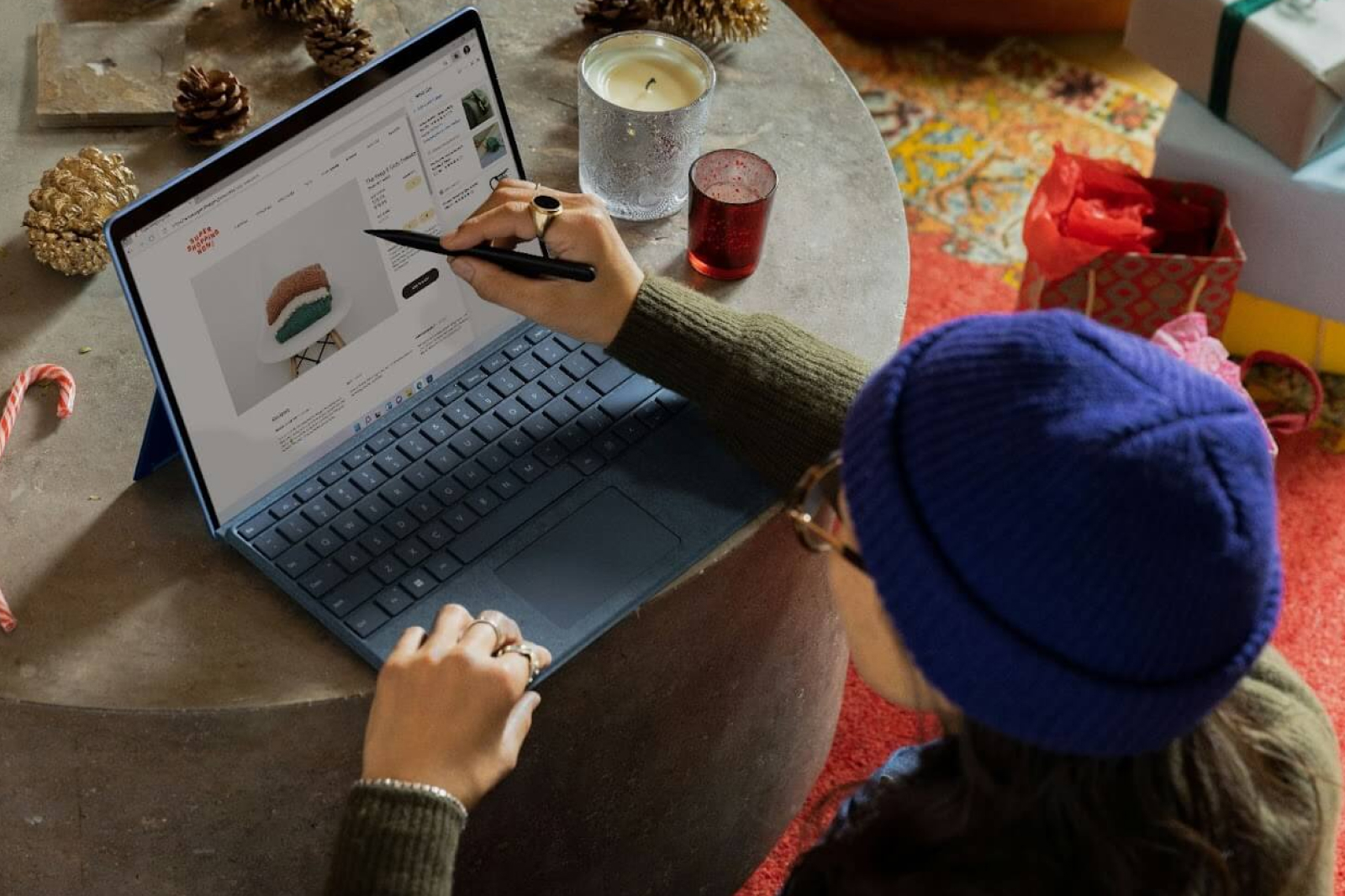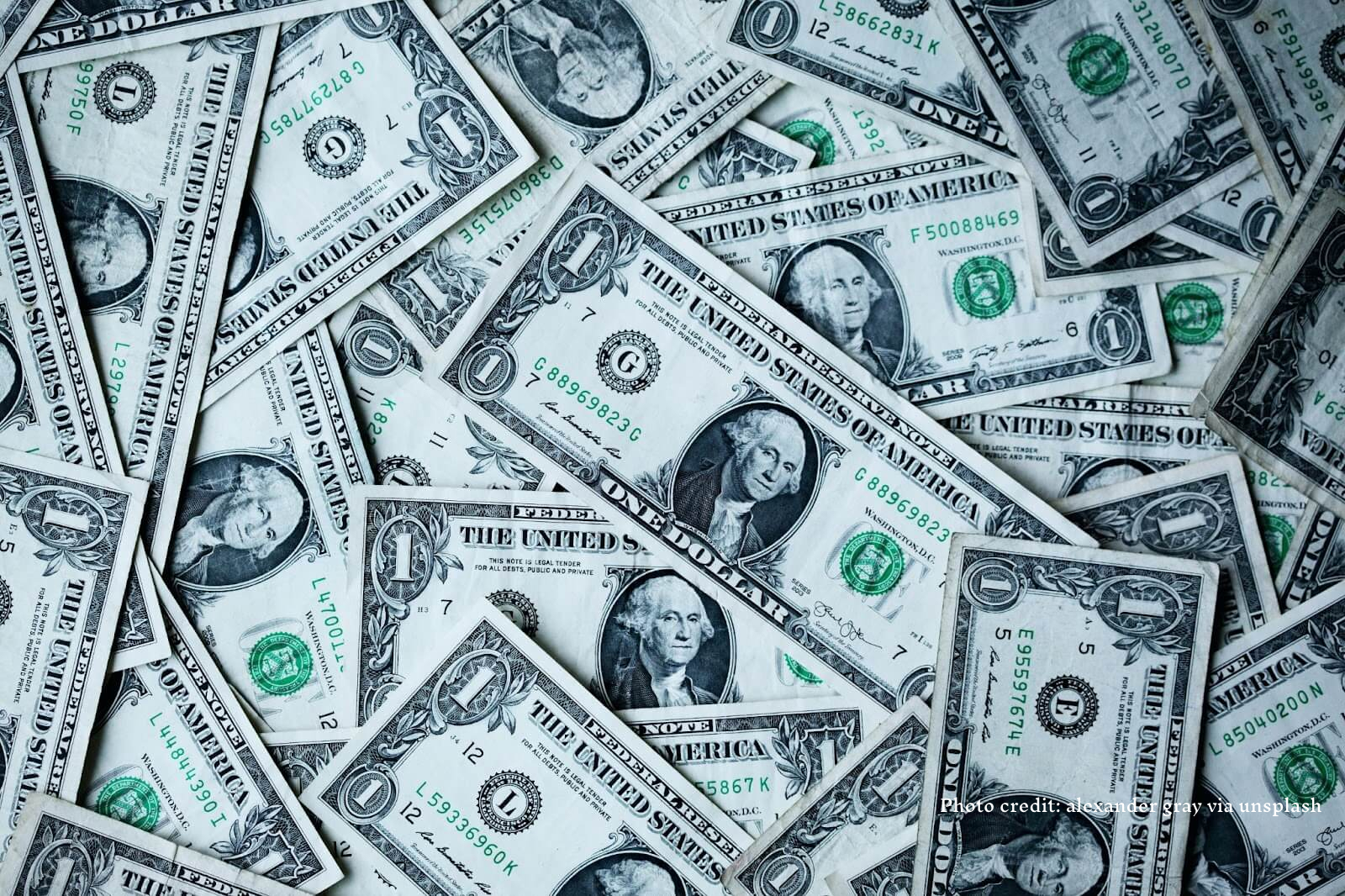The 3 Most Useful Self-Help Books Ever Written

Feb 15 | 2019

The self-help section of the bookstore gets a bad rap.
Nobody wants to admit they need a little guidance, but considering the $11 billion Americans spend on personal development annually, many of us do. Over the past four decades, self-help has gone from a niche genre to an integral part of our culture. From carving out your dream career to finding love and changing the way you think, self-help authors have cornered the market on promises, and sold millions of books in the process. In 2019 alone, there are a host of new titles hitting the shelves—from Jen Sincero’s latest self-esteem booster, You Are aBadassEveryDay, to tech guru Reshma Saujani’s business empowerment journey Brave, NotPerfect and happiness proponent Gretchen Rubin’s OuterOrder, InnerCalm.
[shortcode-1-In-Article-Banner-728×60]
If you’re a fan of the genre, this year promises to deliver more inspiration, wisdom and Instagram quotes than ever before. But sometimes too many choices can be overwhelming, and with self-help making up nearly 6 percent of all book sales, it’s hard to decide what to buy, especially if indecisiveness is one of those annoying habits you’re looking to change.
While there are hundreds of books designed to make you a boss in your professional and personal life, there are a few that have stood the test of time. We’re talking about books that have changed the self-help genre, and altered the lives of their readers. We can’t promise they’ll change yours, but they might just set you up on the right track.
If You’re Looking To Find Your Purpose
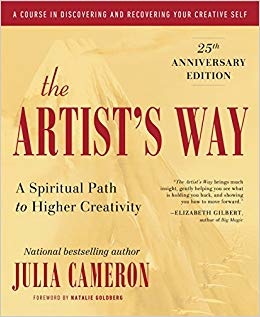
The Artist’s Way by Julia Cameron
Since it was first published in 1992, Cameron’s creativity workbook has sold over 4 million copies and spawned “Artist Way” meetup groups around the country. Everyone from The Four Hour Work Week’s Tim Ferriss to Eat Pray Love’s Elizabeth Gilbert have followed Cameron’s guidance. The former journalist founded her “path to higher creativity” after her divorce from director Martin Scorsese and a long battle with addiction. In creating a template for resetting her life’s course and finding her creative path, she ended up helping countless others do the same.
Cameron’s book is less about bombarding you with advice than about ushering out the internal voice you may have been drowning out. While reading her book, you’re required to write morning pages—essentially, stream-of-conscious journaling each morning—and to take yourself out on weekly artist dates designed to inspire your creativity. The “12-week course” is filled with opportunities to answer questions about your interests, your memories and what drives you. The goal is to unblock you from whatever fears are holding you back from pursuing your creative passions.
If you’re the kind of person who needs one-size-fits-all concrete answers, this isn’t going to give you that—on the surface—but after a few weeks of Cameron’s workbook, you might just discover you’ve had the answers inside you all along, you just weren’t listening to yourself. It may sound hokey, but it does work for a lot people. “When I teach, it’s like watching the lights come on,” Cameron said in a recent interview with the NewYorkTimes. “My students don’t get lectured to. I think they feel safe. Rather than try and fix themselves, they learn to accept themselves. I think my work makes people autonomous. I feel like people fall in love with themselves.”
If You Want to Be a Better Leader
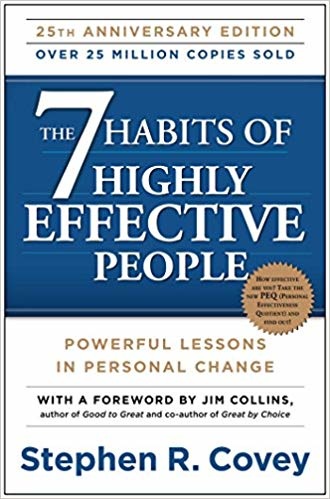
The 7 Habits of Highly Effective People by Stephen R. Covey
One of the top-selling self-help books of all time with over 25 million copies sold, 7Habits was first published in 1989. Less than a decade later, TimeMagazine named the businessman and public speaker one of the most influential figures in America. Covey’s insights into self-improvement and leadership are founded on breaking those perpetual habits that get in our way—procrastination, self-criticism and impatience, to name a few. Part of his philosophy is rooted in retraining the mind to put off immediate gratification in favor of long-term goals. “Happiness can be defined, in part at least, as the fruit of the desire and ability to sacrifice what we want now for what we want eventually.” Through this overriding principle, Covey provides a kind of map to leadership, providing tools for readers to take control of their financial, professional and interpersonal destinies.
If You Want to Build a Better Life Outside Your Work
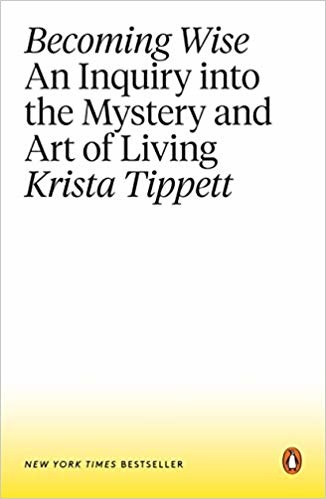
Becoming Wise: An Inquiry into The Mystery and Art of Living by Krista Tippett
As the host of NPR’s long-running interview series, OnBeing, Tippett has spent her career gleaning wisdom from philosophers, poets, scientists and spiritual leaders. In her 2016 book, she compiles what she’s learned into a meditation on self-worth, hope and, most notably, love. Unlike other romance-centric self-help books, Tippett’s view of love isn’t prescriptive, heteronormative or tactical. Instead, she ruminates on the many incarnations of love and its ability to impact the lives around us as well as our own. “What is love?” she asks. “Answer the question through the story of your life.” From here, she takes the reader on an introspective journey that challenges each of us to reconsider our stagnant notions of romantic love and embrace a wider understanding of the word, refuting the idealized notions that perpetuate self-doubt, impatience and unfulfilled desires. “Love doesn’t always work as we want it to, or look like something intimate and beautiful,” Tippett writes. “There are times and places in human existence when love means life on the line, but most of us need not live that way most of the time. . . . Sometimes love, in public as in private, means stepping back.” Whether you’re stuck in a romantic rut or questioning the path to self-love, Tippett’s book is a holistic journey that will make you rethink all those “rules,” and remind you that there is only one: love.
Of course, we’re just scratching the surface of the self-help genre. There are seemingly endless amounts of options—but if you’re looking for an entry point into changing your life over the course of a few hundred pages, these three books are the best places to start.
(adsbygoogle = window.adsbygoogle || []).push({});






